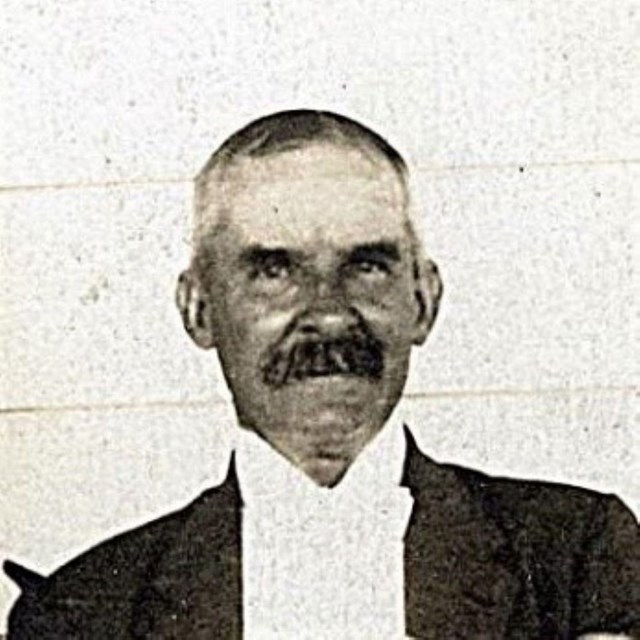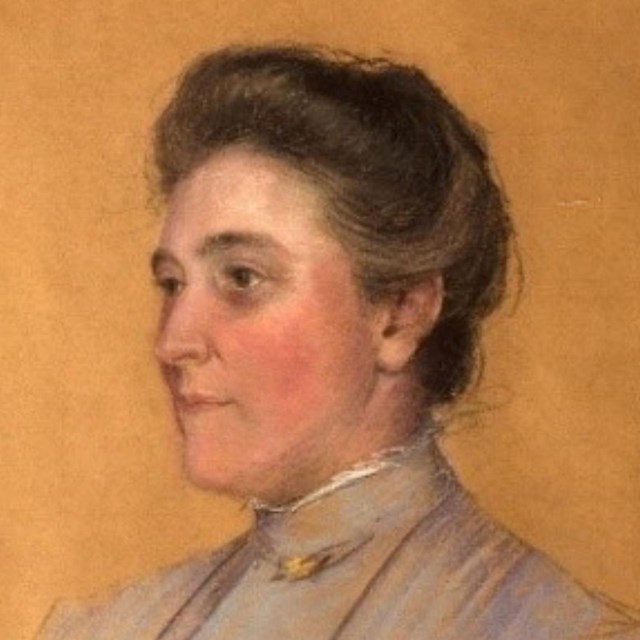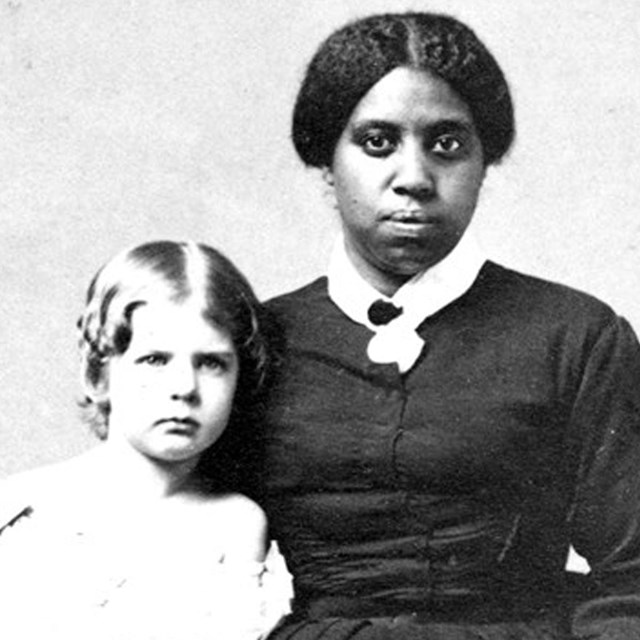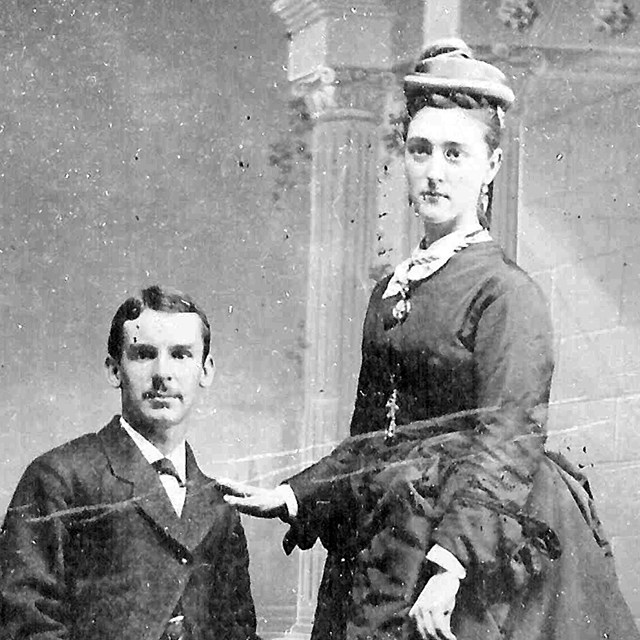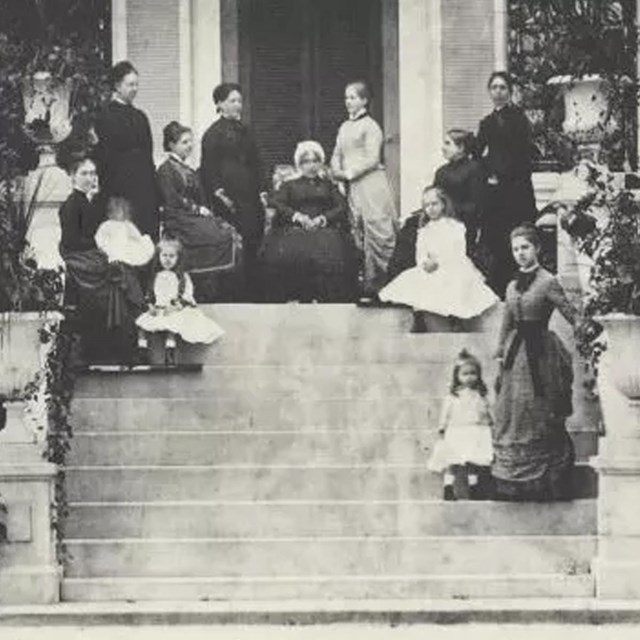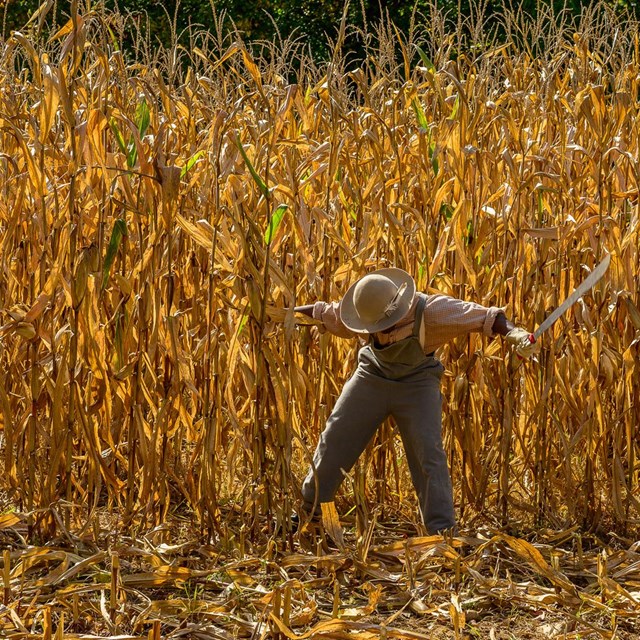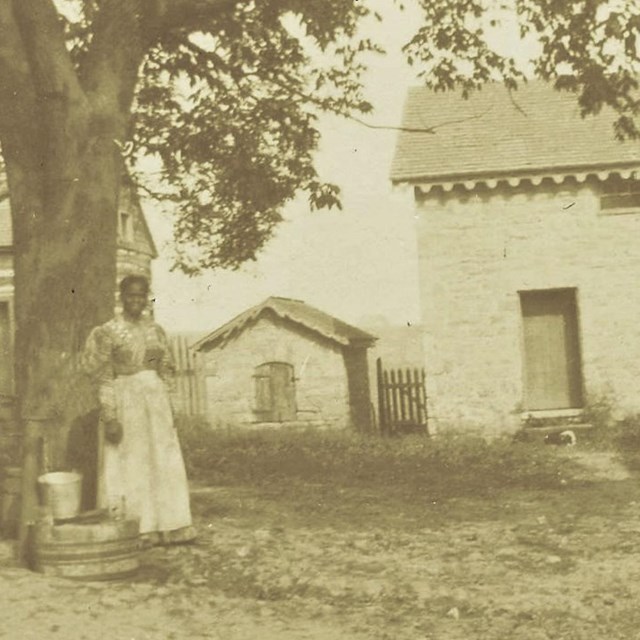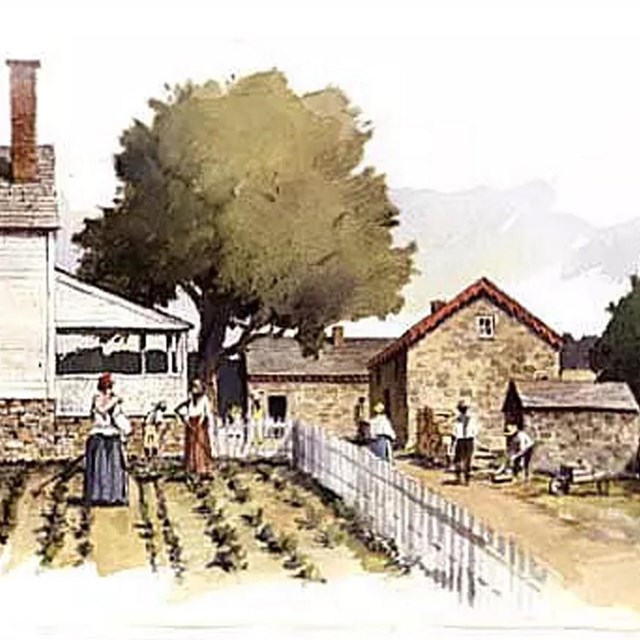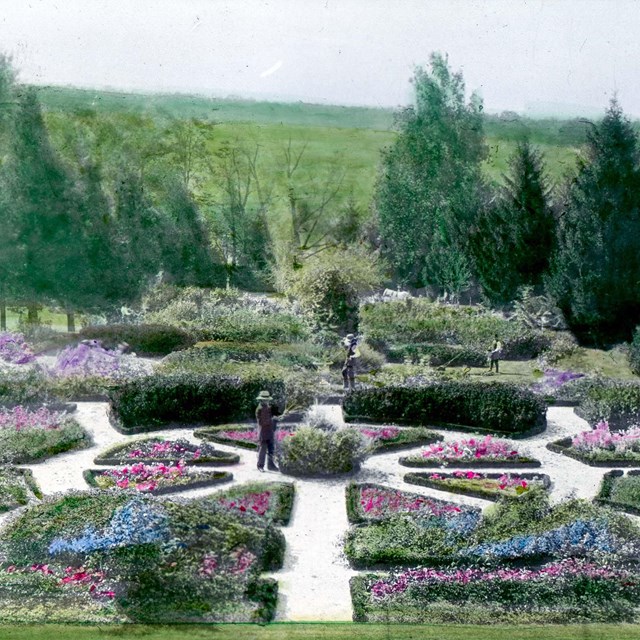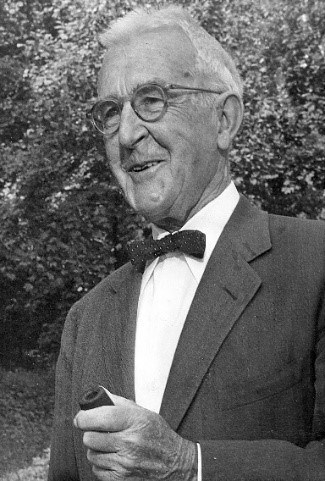
NPS Sixth, and final, owner of Hampton, John Ridgely, Jr. (1882-1959), earned a law degree at the University of Maryland and moved to St. Louis, Missouri, to work for the Maryland Casualty Company there. Soon after, however, he returned to Baltimore and built a house on Hampton estate land not far from the mansion, where he and his first wife, Louise, raised three children including John Ridgely III. The family moved back to the mansion after Louise’s death in 1934. Faced with declining income from the dwindling estate—significant acreage had been condemned by Baltimore City for the creation of Loch Raven in 1914—and ever rising costs, John, Jr. attempted to resurrect the family fortunes by forming the Hampton Company in 1929 to develop the remaining estate lands. The Great Depression and World War II, however, delayed this effort and Hampton became too expensive for him to maintain. Individuals
Learn More
|
Last updated: August 13, 2024

